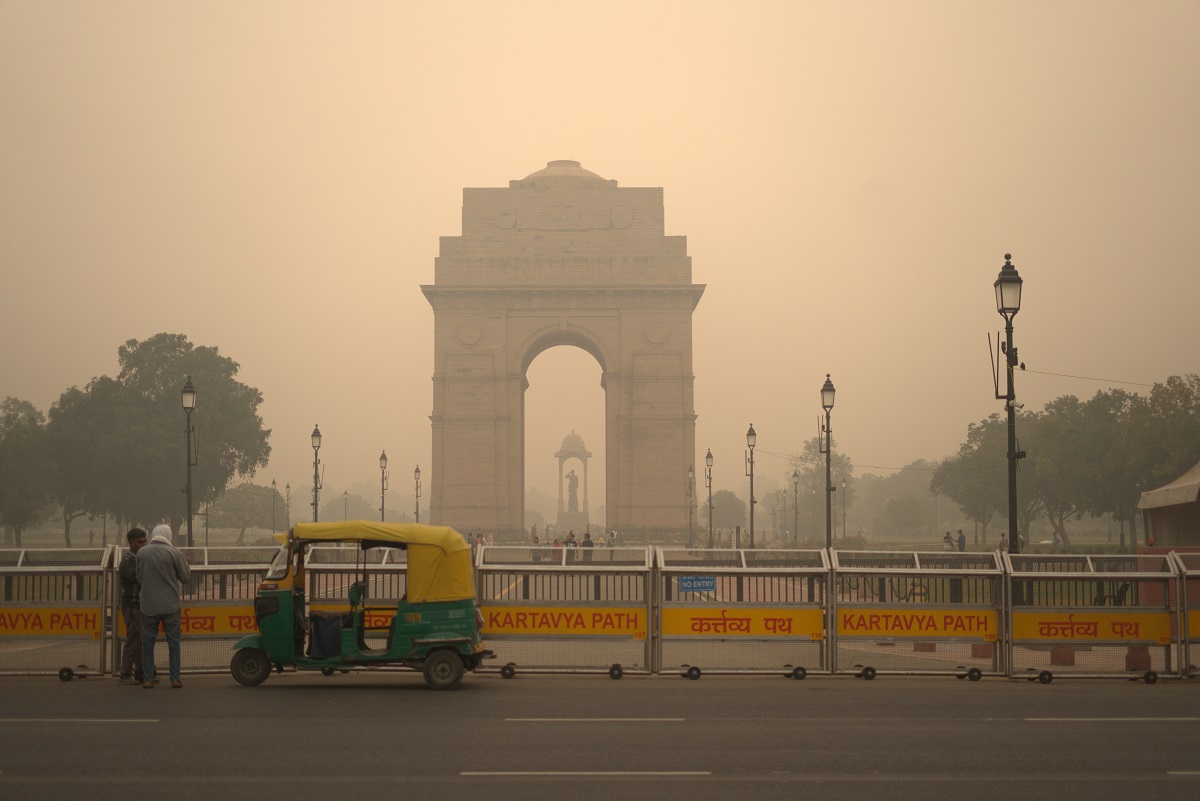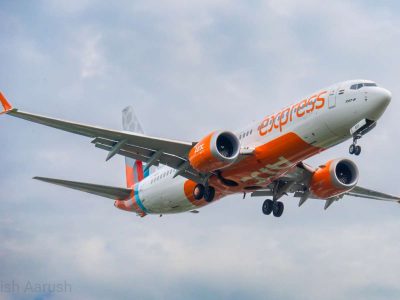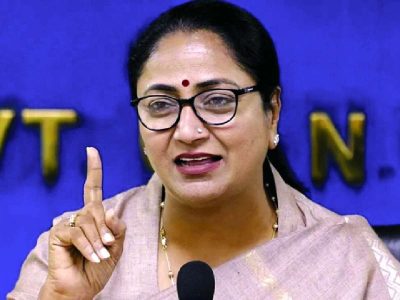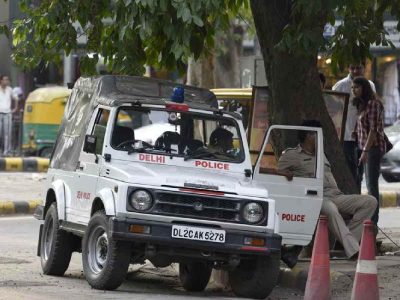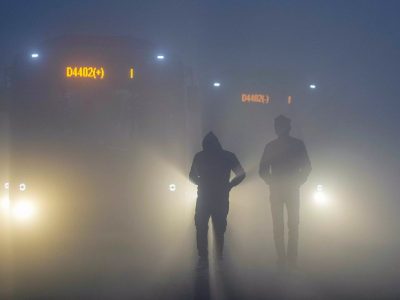Awareness about air pollution-related terminologies such as air quality index and particulate matter is “significantly” low among the urban poor in Delhi-NCR, according to a recent survey conducted from December 2023 to January 2024, covering 500 people in Delhi and the National Capital Region (NCR) cities of Noida, Ghaziabad, Faridabad, and Gurugram. For the survey, participants were divided into two groups: residents of informal settlements and slums, and those from formal middle-class settlements.
“Awareness of air pollution-related terminology was significantly lower among the urban poor, with only 10 percent of respondents being aware of terms like AQI (air quality index) and PM 2.5, while 71 percent of middle-class settlements were aware,” the survey, titled “Saaf Saans” and conducted by NGO Chintan Environmental Research and Action Group, revealed.
PM 2.5 levels consist of fine particles with a diameter less than 2.5 micrometers, more than 100 times thinner than a human hair, remaining suspended in the air for extended periods and posing health risks as they can enter the respiratory tract.
The study’s findings also highlighted that 33 percent of urban poor respondents identified vehicles as the main cause of air pollution, 27 percent pointed to construction activities, and 20 percent mentioned stubble burning.
According to the survey, social media was the most reliable source of information for 29 percent of urban poor respondents and 26 percent of middle-class respondents.
“Middle-class respondents utilized air purifiers and indoor plants to reduce exposure to air pollution, while the urban poor relied on face masks and increased water intake,” the survey noted.
Respondents suggested that campaigns on social media and stricter enforcement of regulations against “open burning” and construction violations, among other measures, could help curb air pollution, as revealed in the survey report.
The AQI in Delhi-NCR worsens during the winter months, prompting the government to implement various restrictions gradually, including on construction activities and vehicular traffic. (With inputs from PTI)

